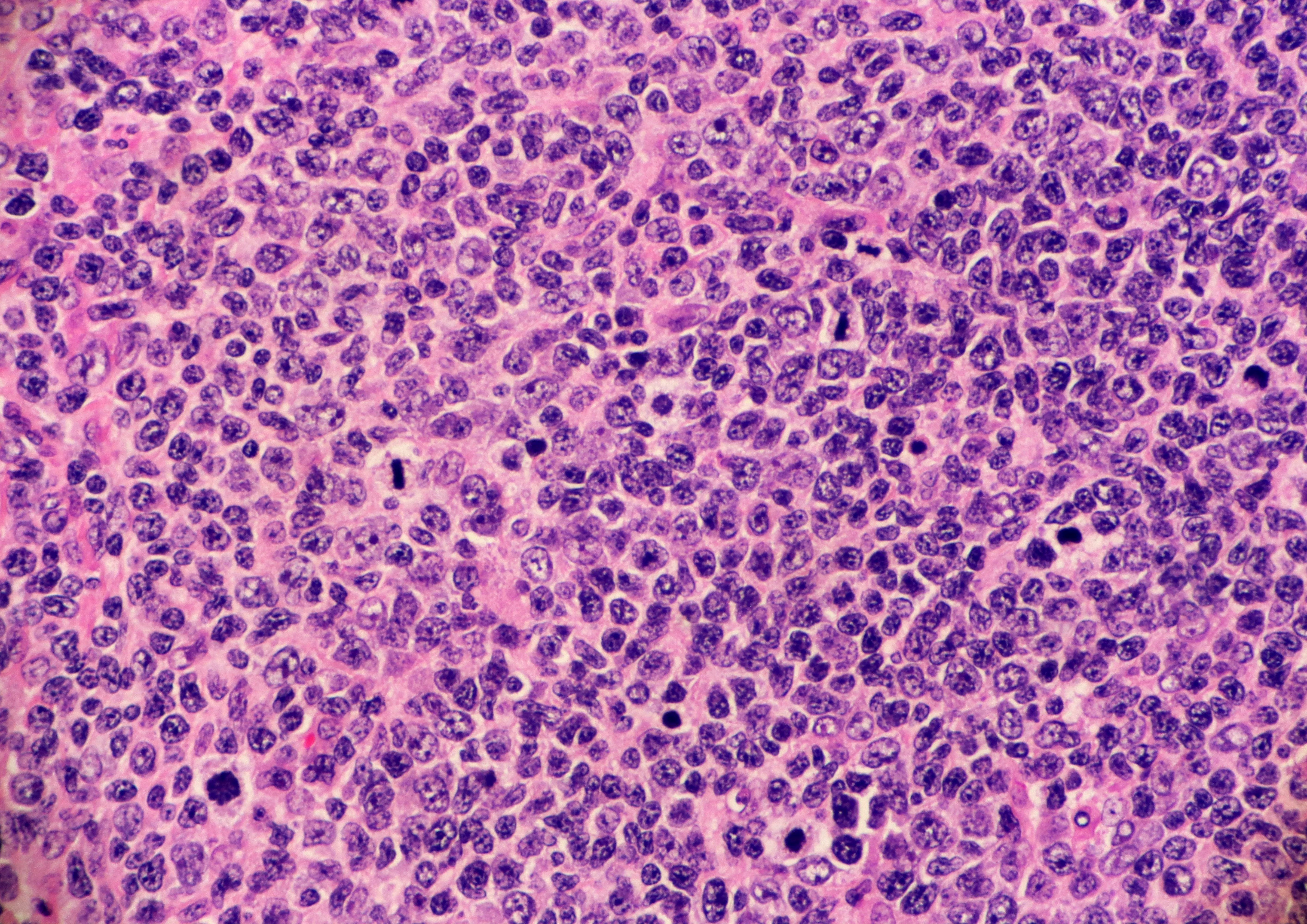News
Article
Research Identifies Defined Subtypes of Follicular Lymphoma, Marginal Zone Lymphoma
Author(s):
Correctly diagnosing specific follicular lymphomas and marginal zone lymphomas requires knowledge of the clinical context, including the site of involvement, age, and clinical presentation.
With a growing body of research in the biology of follicular lymphoma (FL) and marginal zone lymphoma (MZL), particularly with broad-based genomic profiling, researchers have identified unique clinicopathologically-defined subtypes. In a recent article, investigators said this knowledge underlines the need for correct clinical knowledge to come to a correct diagnosis.
Image credit: Lisa | stock.adobe.com

FL and MZLs are indolent mature B-cell neoplasms with variable clinicopathologic and genetic features. Current evidence supports the conclusion that they encompass multiple disease entities and recent findings have provided new insights to refine FL and MZL diagnoses based on clinical presentation, as well as histological and molecular features.
Distinct FL forms have been described based on age, anatomic sites, characteristic morphological features, and the presence or absence of the t(14;18) chromosomal alteration. Notably, a new category of t(14;18)-negative CD23-positivefollicle center lymphoma (FCL), which can have a follicular as well as a diffuse growth pattern, has been proposed by the 2022 International Consensus Classification of Mature Lymphoid Neoplasms (ICC) as a provisional entity. Other variants, such as pediatric-type follicular lymphoma, testicular follicular lymphoma, primary cutaneous follicle center lymphoma, and large B-cell lymphoma with IRF4 rearrangement, are considered distinct entities separate from conventional FL in the 2022 ICC.
The t(14;18) (q32;a21) or occasionally its variants t(2;18)(p12;q21) or t(18;22)(q21;q11) is the hallmark of conventional FL, seen in 85% to 90% of cases and leading to the overexpression of anti-apoptotic protein BCL2. BCL2-R is more often observed in low-grade FL than in high-grade FL, although t(14;18) can also be found at a very low level in the peripheral blood of healthy adults, suggesting that the translocation alone is not enough for the development of FL.
BCL2-R-negative FL, representing 10% to 15% of FL cases, is both genetically and clinically heterogeneous. Three groups are recognized: FL with BCL6-R; BCL2-R-negative and BCL6-R-negative cases, which often lack CD10 and CD23 expression; and the new provisional entity BCL2-R-negative, CD23-positive FCL.
BCL2-R-negative, CD23-positive FCL is more commonly seen in women and often presents with inguinal involvement. Patients usually present with low clinical stage and diagnostic criteria include the absence of the t(14;18), expression of CD23, and at least 1 germinal center marker.
Three types of MZL are currently recognized: splenic MZL (SMZL), extranodal MZL (MALT lymphoma), and primary nodal MZL (NMZL). Although these exhibit somewhat overlapping morphologic and phenotypic features, they differ in their clinical presentation and behavior, associations with predisposing conditions, and genetic findings.
SMZL is a small B-cell neoplasm that surrounds and replaces the normal white pulp nodules of the spleen. It represents <2% of all lymphoid neoplasms, has a median age of 69 years at first diagnosis, and effects males and females equally. Establishing a definitive diagnosis of SMZL requires a splenectomy specimen; however, this is rarely performed for initial diagnosis, and most cases are diagnosed via bone marrow biopsy.
MALT lymphomas are the most common form of MZL, accounting for 5% to 8% of all B-cell lymphomas. They typically occur in adults with a median age at diagnosis in the seventh decade, and both men and women are equally affected. Most cases present with localized disease, although bone marrow involvement has been reported in 5% to 10% of all cases.
Recent research has been aimed at identifying biomarkers specific to MZL. MNDA expression has been reported in 61% to 95% of MALT lymphomas, and the presence of this marker can help distinguish MALT from FL, which only rarely expresses MNDA. IRTA1 has been described in 52% to 93% of MALT lymphomas and appears to be only rarely expressed in non-MZL, and may therefore serve as a specific, though not especially sensitive, marker of MZL.
Finally, NMZL is a primary nodal small B-cell neoplasm that resembles secondary lymph node involvement by SMZL or extranodal MALT lymphoma. It makes up only 1% to 2% of all non-Hodgkin lymphomas and the median age at presentation is in the sixth decade. Relatively little genetic data are available on NMZL, although the current literature suggest cases diagnosed as NMZL are biologically heterogeneous. The most highly recurrent mutations include MLL2 (KMT2D), PTPRD, NOTCH2, and KLF2, reported in between 20% and 30% of cases.
Based on these findings, the investigators emphasized the need to distinguish biologically and clinically distinct forms of FL. Correctly diagnosing specific FLs and MZLs requires knowledge of the clinical context, including the site of involvement, age, and clinical presentation as well as phenotypic studies. In difficult cases, using ancillary tests, such as next-generation sequencing and fluorescence in situ hybridization testing, could help accurately diagnose these variants and subtypes and ensure that patients receive appropriate treatment.
Reference
Laurent C, Cook JR, Yoshino T, Quintanilla-Martinez L, Jaffe ES. Follicular lymphoma and marginal zone lymphoma: how many diseases? Virchows Archiv. 2023;482(149-162). doi:10.1007/s00428-022-03432-2
Newsletter
Stay informed on drug updates, treatment guidelines, and pharmacy practice trends—subscribe to Pharmacy Times for weekly clinical insights.






